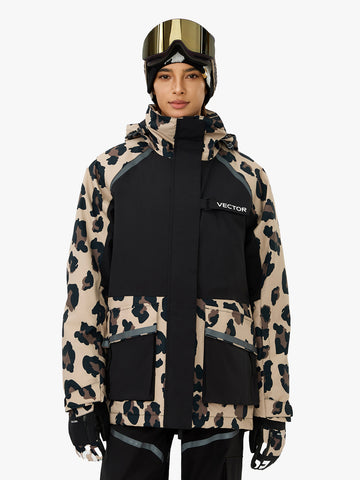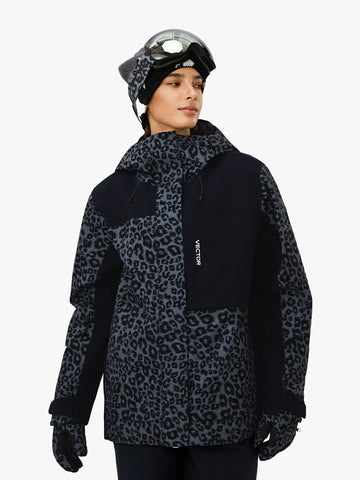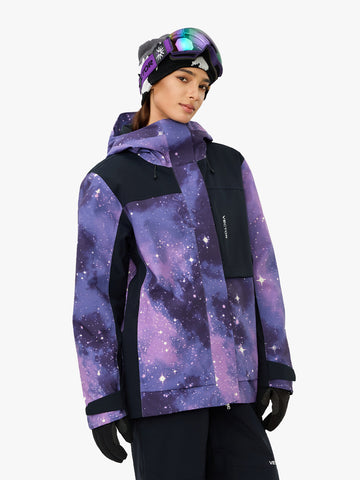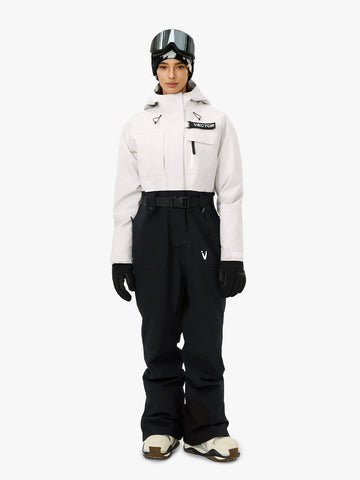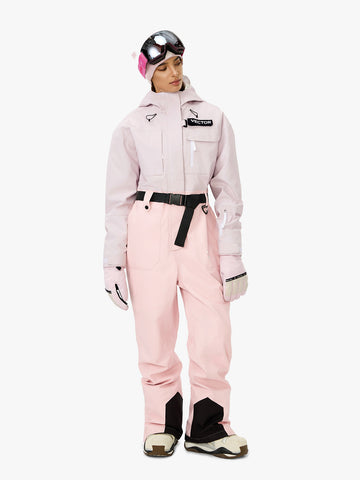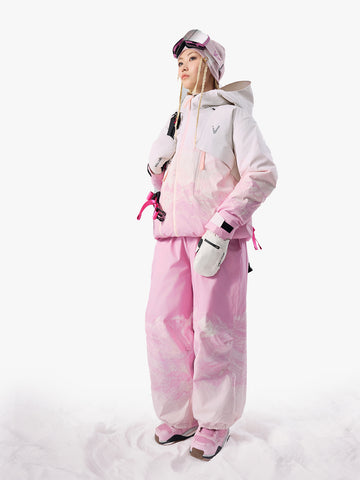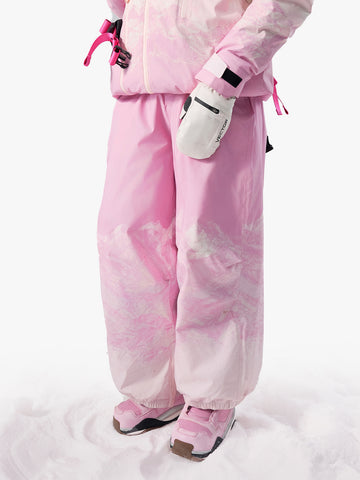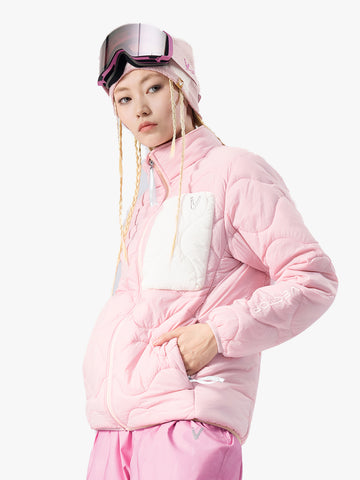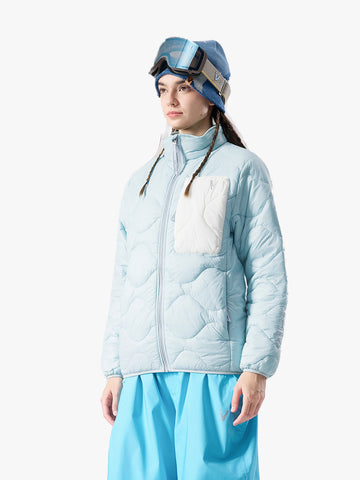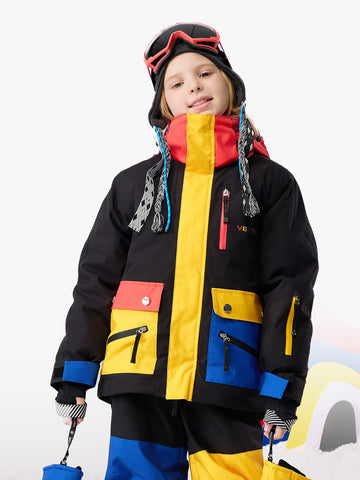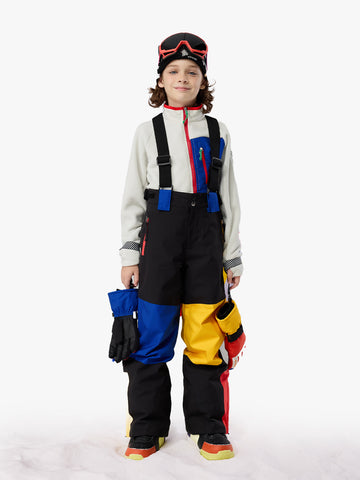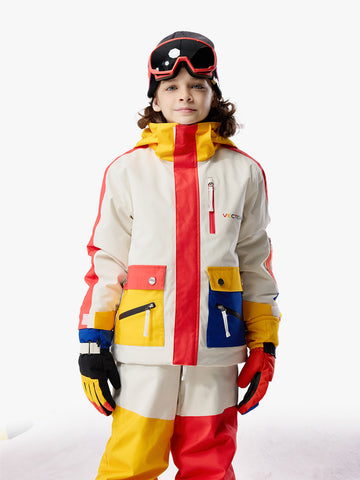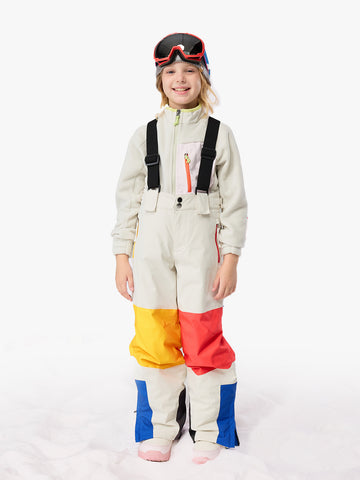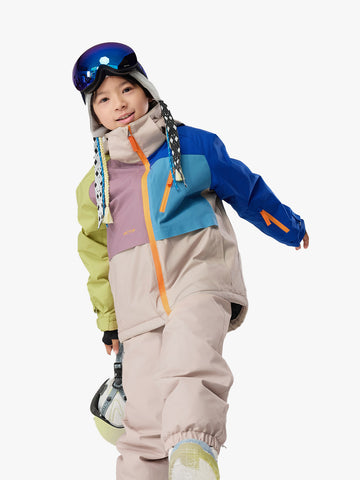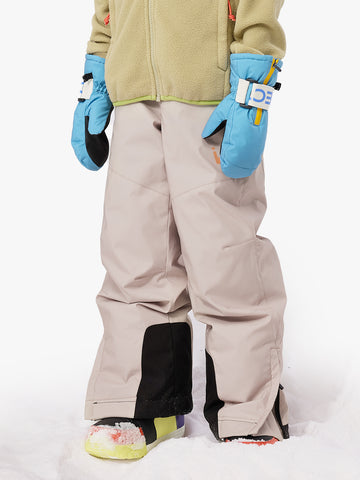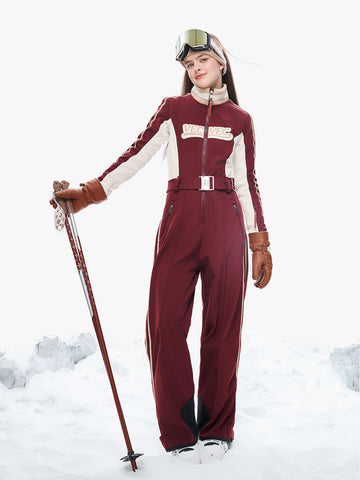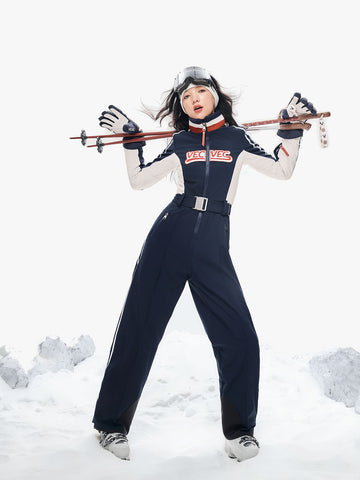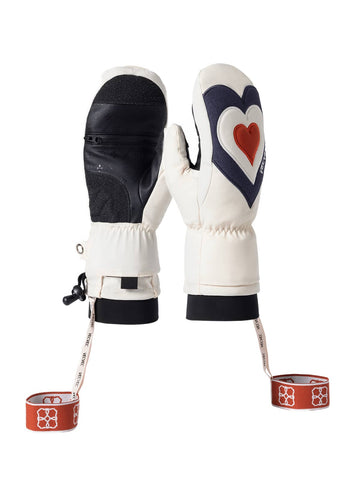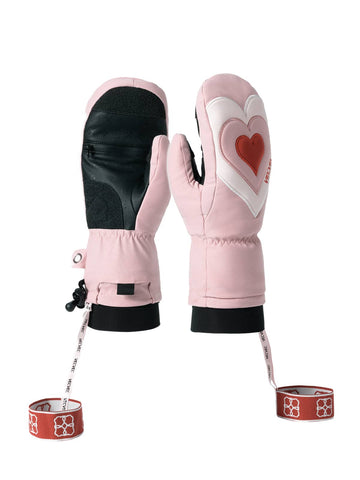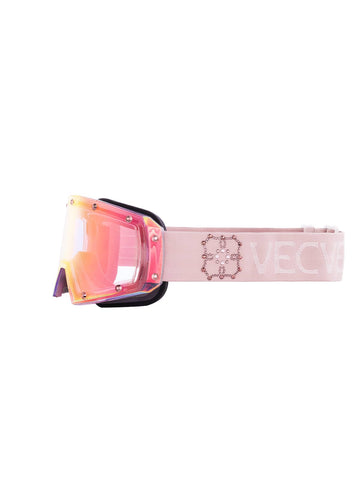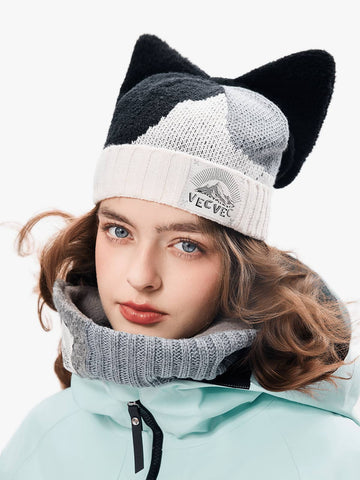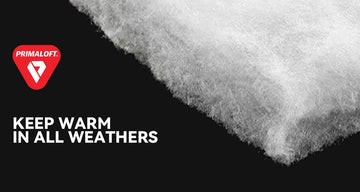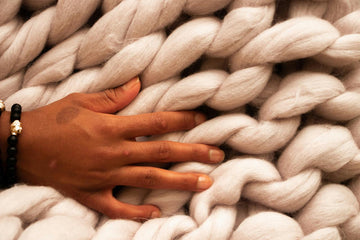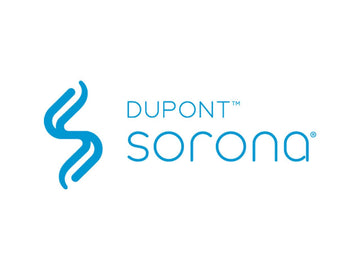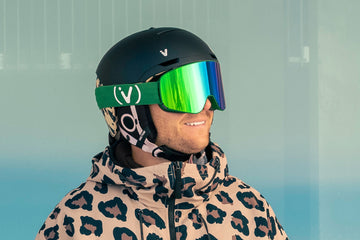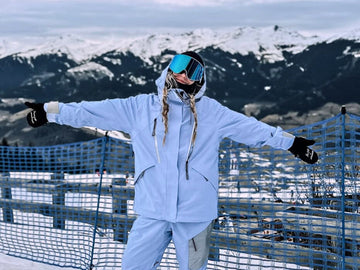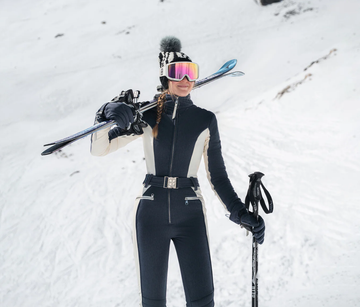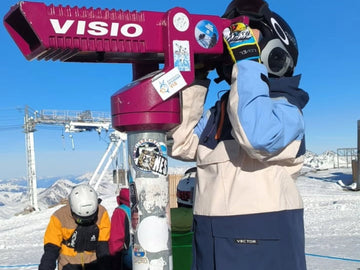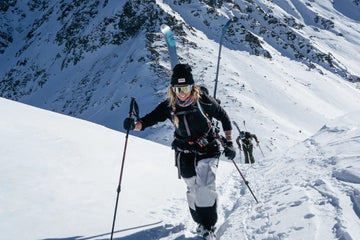Wearing a helmet while snowboarding is absolutely crucial for protecting your head, absorbing impacts, meeting safety standards, boosting confidence and focus, and setting a positive example.
For beginners, we highly recommend making a helmet your first investment in snowboarding or skiing equipment. Renting helmets is not only unhygienic but also challenging to find one that fits your head shape properly. So, how do you choose your best snowboard helmet 2023?
Let us guide you through it:
1. Why Wear a Helmet?2. Sizing and Fit
3. Helmet Constructions
4. Helmet Safety
5. Select Your Preferred Design
Why Wear a Helmet?
The head is the most critical and vulnerable part of our body. You might be wondering, what could go wrong? Well, there's the risk of falling on the ground, colliding with objects like trees or rocks, or having head-on collisions with other snowboarders. Most severe head injuries occur during these types of incidents. Although head injuries are rare, they account for 60% of deaths in snow sports.

Wearing a properly fitted helmet can reduce the risk of ski and snowboard-related head injuries by 60%. Helmets absorb the impact of falls or collisions, significantly reducing the severity of injuries. Additionally, ski helmets provide superior wind resistance and insulation compared to regular caps or beanies, ensuring optimal warmth during your snowboarding and skiing sessions.
Size and Fit
Wearing a properly fitted helmet and wearing it correctly are essential for maximizing its protective function.
Measure your head
Take a soft measuring tape and place one end in the middle of your forehead, just a little above your eyebrows. Measure tightly around your head's circumference and note down the measurement for reference.
VECTOR Ski & Snowboard Helmet Size Chart
Choose the appropriate helmet size based on the measurement of your head circumference.
|
Head Circumference (cm) |
Head Circumference (in) |
|
|
Adult Helmet Size |
||
|
M |
56-59 |
22.05-23.23 |
|
L |
60-61 |
23.62-24.02 |
|
Kids Helmet Size |
||
|
F |
53-56 |
20.87-22.05 |
Try the Helmet On
You should be able to move your head up, down, left, and right. A properly fitting helmet will stay in place and consistently cover your forehead. Gently twist the helmet from side to side, and your head should move with it. If the helmet remains stationary while your head moves, it may be too large. If the helmet doesn't fully cover your head, it may be too small. Both an oversized or undersized helmet will not provide adequate protection.
A well-fitting helmet should have a gap of about two fingers between the front edge of the helmet and your eyebrows when worn. If the front edge of the helmet is too low, it can obstruct your vision, and if it is too high, it will not provide sufficient protection for your forehead.
Chinstrap Adapt
The helmet should sit tightly on your head directly above your eyebrows. Adjust the two chin straps so that they securely hold the helmet in place.
Goggle Capability
Ensuring that your ski helmet pairs well with your goggles is not just a matter of style, but also a matter of safety. Only when your helmet and goggles are properly fitted can they truly protect you in a crash. Make sure your goggles sit comfortably and that the strap fits securely over your helmet. Avoid the infamous "goggle gap" or "gaper gap" between the top of your goggles and the helmet!
Adjustable fit systems

Nowadays, many helmets feature adjustment systems that allow for a customized fit, ensuring a snug and comfortable feel. Various types of adjustment systems are available, such as the BOA system, inflatable adjustments, and dial adjustments.
Helmet Constructions

A ski helmet's construction consists of several components: the shell, the liner, the padding, the adjuster, the retention system, the buckle, and the goggle clip.
Shell
Ski and snowboard helmet shells are generally classified into three types:
Hardshell
This type consists of a hard ABS plastic shell and internally bonded EPS (Expanded Polystyrene) protective foam. It ensures strong impact resistance and shock absorption, making it commonly used in performance-oriented full-face helmet series. Its main characteristic is high stability and enhanced impact protection.
In-Mold
This type features an integrated construction where the polycarbonate (PC) shell is fused with the foam liner, resulting in a lightweight and streamlined shape that provides better head protection. Its key attributes are a lightweight design and effective protection.
Hybrid
This type combines both In-Mold and hard-shell structures. The In-Mold structure is used around the circumference of the head, while the hard-shell structure is often used on the top. It offers a balance between lightweight design and protective performance.
Liner: To provide insulation and enhance comfort, the inner lining of the helmet is primarily made of a sponge composite material. It is removable and washable.
Adjuster: An additional adjuster allows for a snug fit with approximately 4cm of adjustability, ensuring a more customized fit to our heads.
Buckle: The buckle is designed to securely fasten the helmet straps, providing a reliable fit and preventing breakage due to temperature changes.
Strap: It is recommended to fasten the strap under the chin rather than around the neck. This allows for better sweat dissipation and ventilation, providing a more comfortable experience.
Goggle Clip: Located on the top of the helmet, the goggle clip securely holds the goggle strap in place, preventing the goggles from slipping off.
Vent: The ventilation system of the helmet includes vents at the front and back, allowing cold air to enter the helmet while the top vents let out excess heat. This also helps prevent excessive sweating on less cold days.
Removable Ear Pads: To protect the ears from the cold.
Select Your Preferred Design

There are now many helmets available in the market that combine style and functionality, such as VECTOR’s helmet. You can choose your preferred color, design, and pattern, ideally matching the style of your goggles and snow attire to achieve the best coordination and become a fashionable highlight on the slopes.
FAQ
Q: How to choose the correct style of ski and snowboard helmet?
A: There are options between half-shell and full-shell helmets. Half-shell helmets provide sufficient safety, while full-shell helmets offer additional ear protection with a hard shell, providing comprehensive coverage for the head. Full-shell helmets are commonly used by competitive athletes.
Additionally, there are helmets with brims and without brims. Helmets with brims have a cooler, more casual look and are favored by snowboarders. Helmets without brims have a sleeker appearance and are preferred by skiers.
Q: When should I replace my ski helmet?
A: It is recommended to replace your ski helmet if it has been involved in a significant impact or accident, as structural damage may compromise its effectiveness. Additionally, helmets have a lifespan of around 3-5 years, and wear and tear over time can affect their integrity.
Q: Can snowboard helmet be used for biking?
A: While there are similarities between snowboard helmets and bike helmets, they are designed for different purposes and offer varying levels of protection.It is recommended to use a helmet specifically designed for the activity you are engaging in, for adequate protection.
Related Guides:
How Do I Choose a Snowboard Jacket
How to Choose Snowboard and Ski Goggles
How to Choose Snowboard Pants & Bibs
How to Dress for Snowboarding and Skiing
How to Choose the Best Ski Gloves 2023
References:
https://answers.childrenshospital.org/ski-snowboard-helmet-guide/
https://www.ncbi.nlm.nih.gov/pmc/articles/PMC3989528/
https://www.sloperunner.com/should-i-wear-a-helmet-when-skiing/
